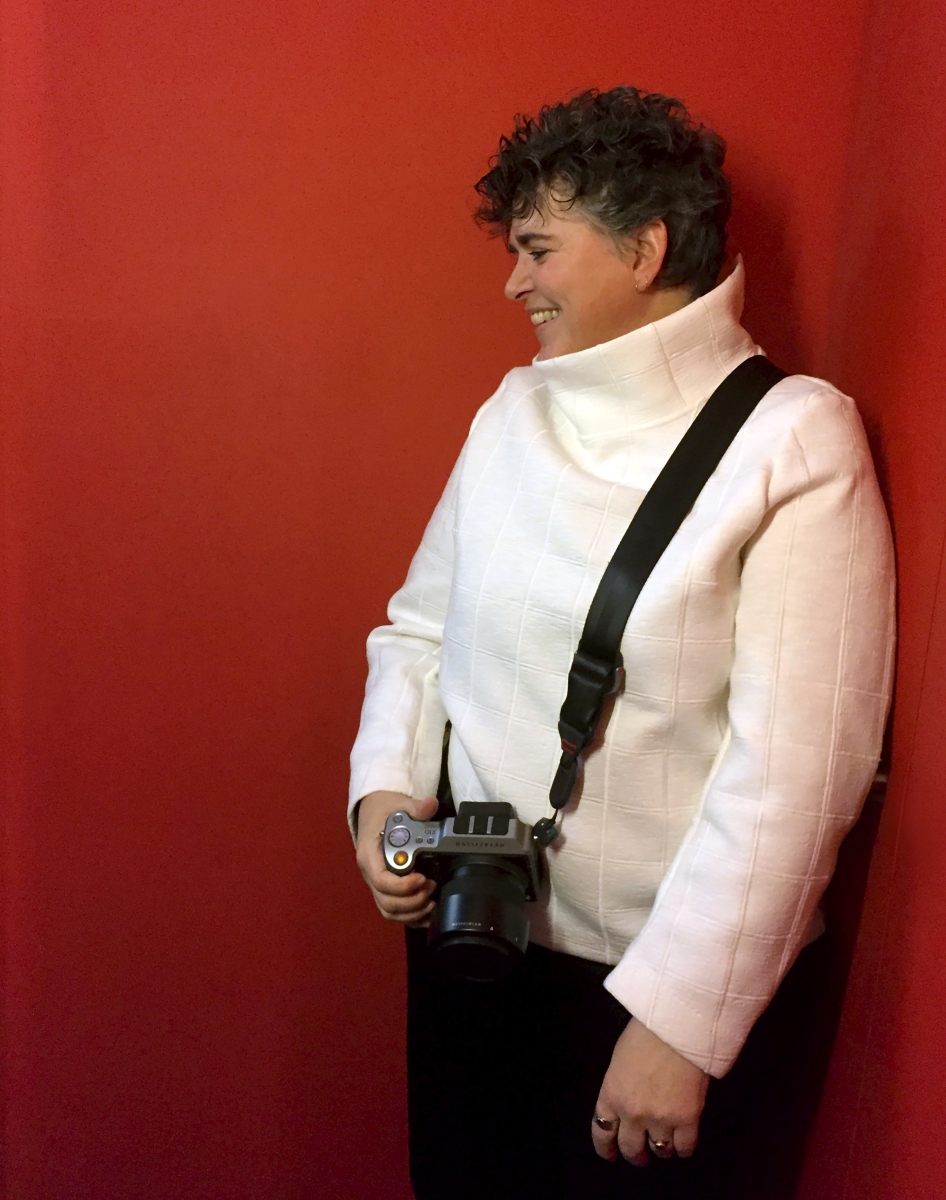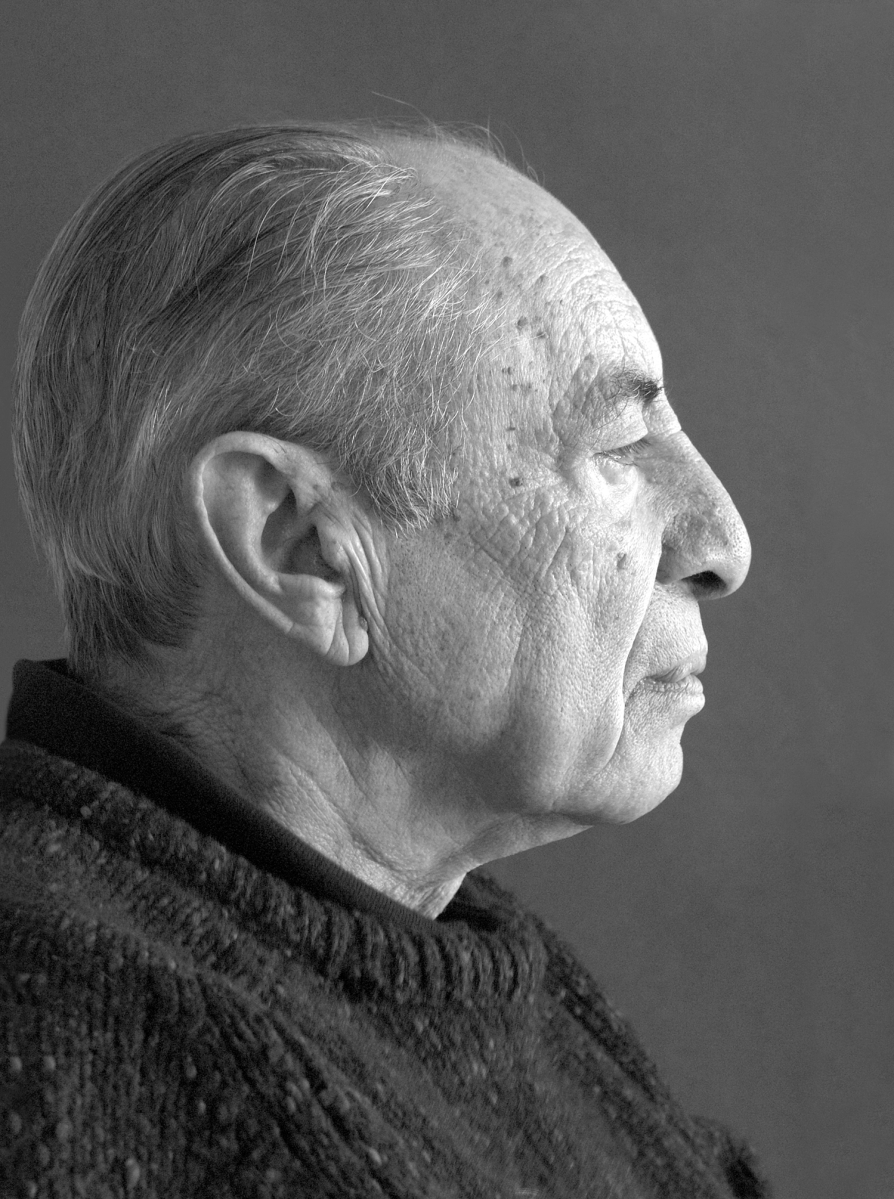Readers will be familiar with Ellen McDermott’s work without even knowing it. Her photographs have been featured in the pages of auction catalogs, glossy art and antiques publications and lifestyle magazines for years. Antiques and The Arts Weekly wanted to put McDermott in front of the camera for a change to see if this rising star of a photographer would share the secrets for her success and inspiration.
When did you first pick up a camera and start taking photographs?
I’ve always taken photos; I started taking them seriously while at art school in Boston.
You are from Hampton N.H., which for those who don’t know is about 15 minutes from Portsmouth N.H. How did you end up in San Francisco, and what prompted your move to New York City?
I wanted to expand my knowledge and experience as an artist and photographer, San Francisco offered opportunities to learn cutting edge digital technology. Butterfield & Butterfield, my first professional job, was one of the first companies in the United States to fully transition to digital photography. Upon my return East, I was able to bring back my newly acquired technical skills.
You started your career as a photographer for auction houses. What did you learn from that experience and do you still shoot for auction houses?
Yes! Auction houses usually sell a broad spectrum of objects…paintings, sculpture, jewelry, rugs, automobiles…you name it! The diversity of subjects was an invaluable learning experience. Because I was usually shooting against deadlines, photographing objects accurately and efficiently became an invaluable skill to have learned.
What are your favorite things to photograph? Why do they appeal and how do you approach those shots?
Interiors and home are my favorite subjects to shoot as they encompass many of the various disciplines such as architecture, still life, objects, portraits of the designers, homeowners and often their pets. The variety is endlessly interesting, which I love. When initially encountering a new space I first take into consideration what is happening in regard to the natural light and work from there in creating a certain mood. Collaboration with the client is critical to ascertain the affect and impact that needs to be achieved for the space.
What inspires you?
Moody, grazing light and fog always is an inspiration.
Are there things you have not yet photographed that you’d like to? Why?
More travel photography! In its infancy, digital photography meant you had to be tethered to a computer and a tripod, which is cumbersome. Increasingly, I use a Hasselblad X1D, a medium format DSLR camera, which does not need to be as tethered and gives me considerably more freedom and flexibility when I am shooting out and about. When working on a tripod I prefer my Hasselblad 501CM with a PhaseOne digital back.
You became friends with the legendary American antiques dealer, Albert Sack. On your website, he is quoted as saying you were a pioneer in the field of digital photography. Tell us about that.
What Albert knew, and what I hadn’t understood at the time, was that in being a pioneer, I would encounter more opposition to digital photography than what I had anticipated. So, it was a double-edged sword. As with anything new, there was considerable opposition to change, but it also opened many doors. I knew digital photography would, at some point, become the standard and that it was just a matter of time before it was more widely embraced. Eventually, I was able to demonstrate digital in a way that made my clients feel comfortable. The quality of the final product was not compromised; digital was indeed, an effective and efficient alternative to film.
Can you recall a particularly fun or memorable shoot and what about that shoot made it stand out?
The jobs we had in Iceland and Paris were amazing. The clients were great; they encouraged me to be creative and the environments were phenomenal! Having had the opportunity to shoot a book with Martha Stewart is a project I will never forget – I had a blast! Her enthusiasm and attention to every detail made my experience quite memorable.
Are there other photographers whose work you admire, or that inspires you?
The works of Imogen Cunningham, Lee Miller, Tina Modotti, Julius Shulman, Edward Weston, Helmet Newton and Robert Mapplethorpe always inspires me. Their visions were true and timeless.
What advice would you give to budding photographers today?
It is so important to immerse oneself in the photographic community. Join associations; attend lectures, study the works of different photographers that connect to you. Continue to exercise your eye by shooting as often as possible and posting your work on a social media feed.
How important is social media to you? Have you landed jobs from it?
Social media has become a very effective professional tool to exploit. And, yes, I have landed a number of jobs because of it. Essentially, it is an online portfolio that is accessible to the masses. It pushes me to constantly be creative which in itself is a fantastic artistic exercise. This is also a very important format to get my creative point of view across to existing and potential clients. I invite you all to take a look and follow me on Instagram (@ellenmcdermottnyc) or online (www.ellenmcdermott.com).
-Madelia Hickman Ring






